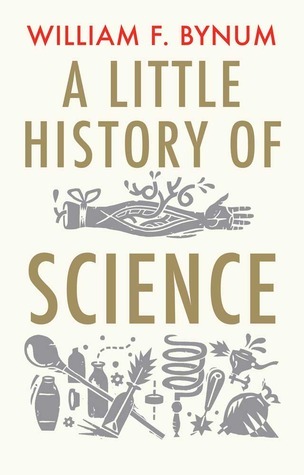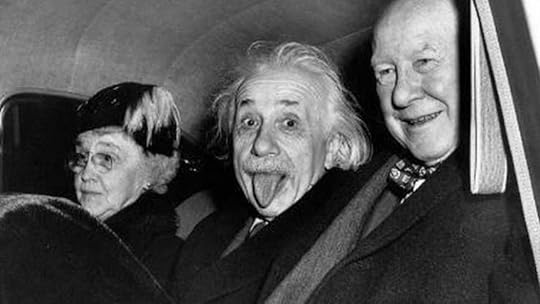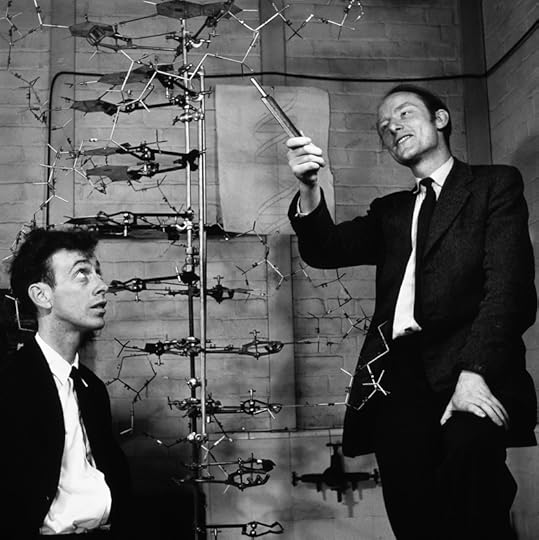What do you think?
Rate this book


263 pages, Hardcover
First published November 6, 2012
“Vesalius’un insan vücudunun yapısı kitabı tüm zamanların en önemli kitaplarından birisidir.” (80)
“Bilinmeye değer her şey zaten keşfedildiyse zahmete girmeye ne gerek var? Ama kendim araştırırsam, belki de hiç kimsenin görmemiş olduğu bir şeyi görebilirim.” Vasalius doktorları ve bilim insanlarını zahmete girmeye teşvik etti.” (81)
“Galileo iyi bir katolikti ama onun gözünde din, ahlak, ve inanç hakkındaydı; bilimse gözlemlenebilir maddi dünyayla ilgileniyordu. Galileo'nun ifadesiyle İncil, bize cennete nasıl gidebileceğimizi öğretiyordu ama gökyüzünün nasıl hareket ettiğini açıklamıyordu. “(92)
"1633 yılında üç ay süren bir dava sürecinin ardından Galileo hatalı olduğunu kabul etmek ve kitabının kendi kibirinin ürünü olduğunu söylemek zorunda bırakıldı. Yazılı itirafnamesinde dünyanın hareket etmediğini ve evrenin merkezi olmadığını ifade etti. "(97)
"Dünyanın işleyişini kendi dinamikleri üzerinden açıklayabilen bilgi dağarcığı anlamında bilim için mücadele etti. İsyankar fikirlerinin bazıları daha sonra yanlış olduğu veya bir şeyi tam olarak açıklayamadığı için terk edildi. Ama bilim her zaman böyle ilerler ve bilimin hiçbir alanı tüm yanıtları içeren kapalı bir kitap değildir. Bütün modern bilim insanları gibi Galileo da bunu biliyordu. "(98)
“Bacon, bilimin ilerlemesinin en iyi yolunu net bir biçimde tarif etti. Bilim insanlarının kullandığı sözcükler kesin olmalı ve başkaları tarafından kolayca anlaşılabilmeliydi. Bilim insanları zaten bildiğini düşündüğü şeyleri kanıtlamaya çalışmak yerine, araştırmalarında açık fikirli olmalıydı. Her şeyden önemlisi de, ulaştığı sonuçlardan emin olabilmek için deney ve gözlemlerini tekrarlamalıydı. Buna tümevarım yöntemi denir. (109)
"Newton, bu dönemde birçok bilimsel konuyla meşguldü. Matematik de bunlardan biriydi. Galileo, Descartes ve daha birçok doğa filozofu (yani bilim insanı) bir branş olarak matematiğin gelişmesine önemli katkılarda bulunmuştu ve daha da önemlisi, matematiği gözlem ve deneylerinin sonuçlarını anlamak için kullanmıştı. Newton daha da iyi bir matematikçiydi ve biliminde matematiği harikulade biçimde kullandı." (127)
"Eğer daha uzağı görebiliyorsam devlerin omuzlarında durduğum içindir," ifadesini kullandı. Ebeveynlerimizin omuzlarına çıktığınız zamanı hatırlıyor musunuz? Boyunuz birdenbire iki üç kat uzadığı için kendi başınıza göremeyeceğiniz türlü türlü şeyleri görebilirsiniz. Newton'un yaptığı da buydu. Bu harikulade benzetme, her bilim insani kuşağının daha öncekilerin kavrayislarindan nasıl faydalandığını açıklar. Bu bilimin özüdür. (129)
"Elektrik enerjisini (elektriği) mekanik enerjiye (dönen iğnenin hareketi veya gücü) donusturmustu. Bütün elektrikli motorlarımizin prensibini keşfetmişti. Elektrikli motorlar çamaşır makinelerinde, CD çalarlarda veya elektrikli süpürgeler ve elektriği güve dönüştürdü. (182)
"Fizikte Newton'ın Principia eseri neyse, biyolojide Darwin'in Türlerin Kökeni eseri oydu. Doğal dünyadaki birçok konuya açıklık getirdi." (215)
“Her şey kusursuz değil, ama bilim bu şekilde ilerler.” (217)


